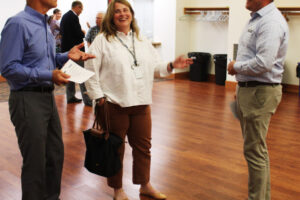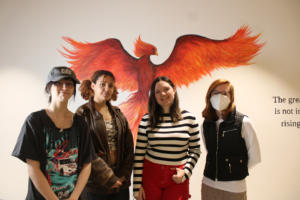If there’s one thing Camas students have learned this year, it’s that things don’t always go according to plan.
“You get pandemics. Things fail,” Bruce Whitefield, a Discovery High School engineering teacher and lead instructor of the Camas-area robotics team, said recently. “It’s how you respond that matters. Are you going to put together solutions or just stand back and let someone else fix it?”
For Discovery High students, who work toward being what their principal, Aaron Smith, likes to call “EPIC” (entrepreneurs, producers, innovators and contributors), the answer to that question is an easy one.
“Our kids are really rising to the occasion,” Smith said. “They’re developing real-world skills and making a difference.”
When the pandemic shook the community in March, shutting down schools throughout Washington, a group of Discovery High engineering students and members of the Camas-based robotics team sprung into action, working remotely on projects that utilized the school’s fabrication lab to create more than 14,000 eye shields and 8,500 face shields to protect health care workers.




